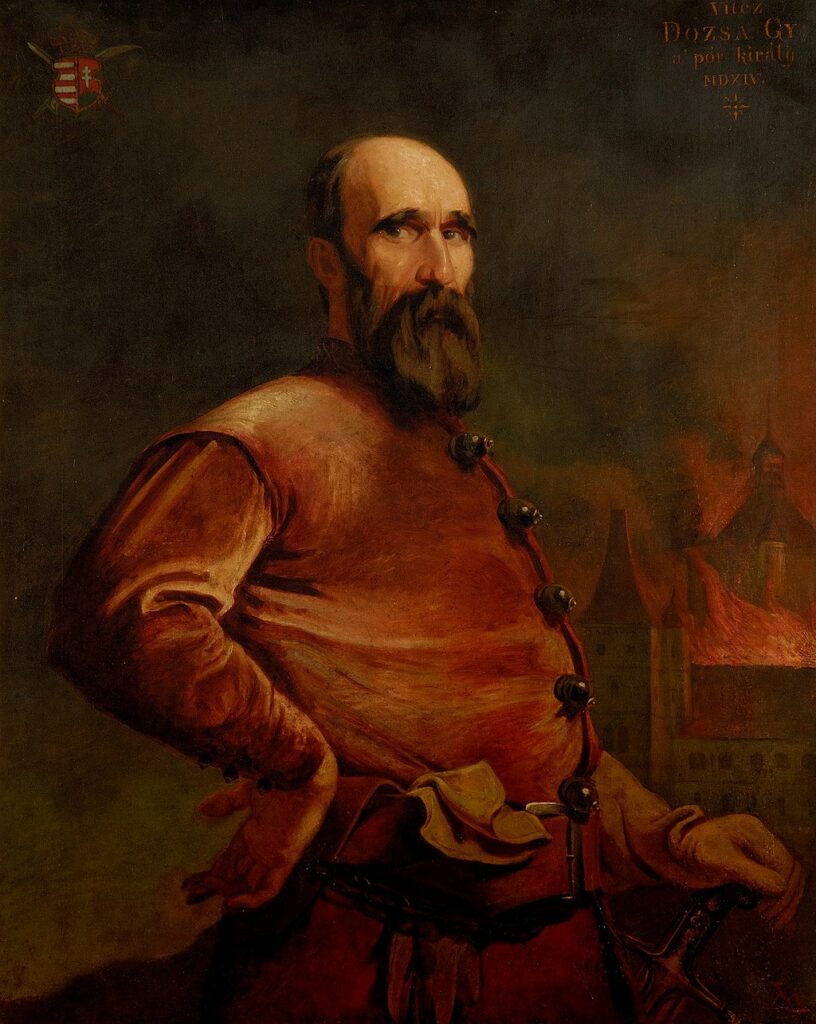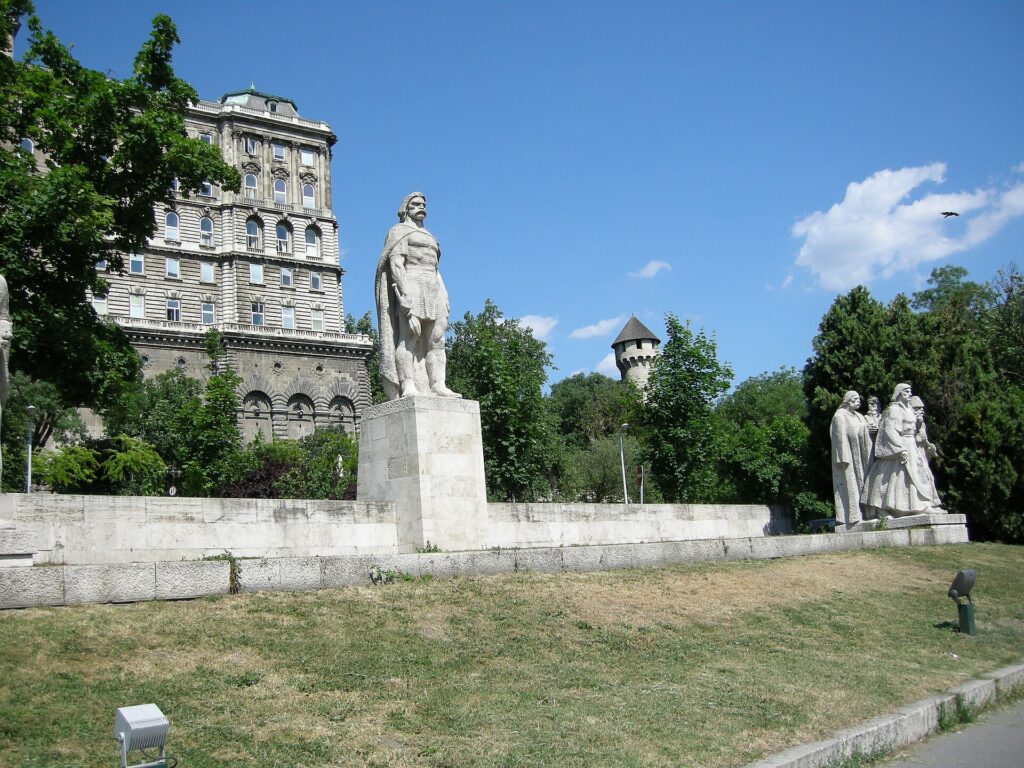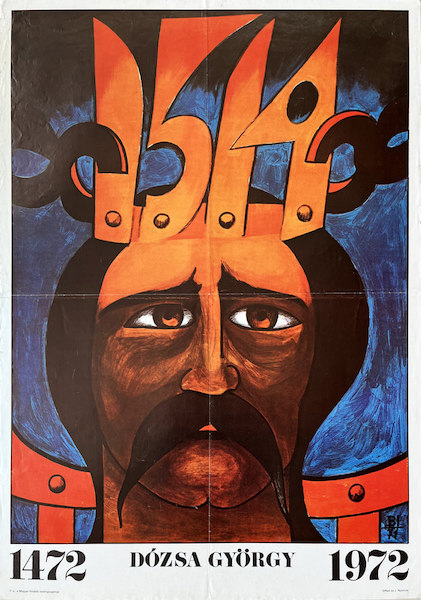Legend of the György Dózsa – Temesvár (Timisoara)
Fact of the Hungarian figure „Home of the Jagellos and the Habsburgs”
Part of the „Legacy of the Jagiellonians and Habsburgs dynasties” topic
György Dózsa, the iconic leader of the 16th-century Hungarian peasant uprising, remains one of the most influential figures in Hungarian and Central European history. A man of Székely origins with a heroic military background, he became the symbolic leader of the 1514 rebellion, which initially began as a crusade against the Turks, amassing peasants under the banner of a religious war. Dissatisfaction with social inequality and exploitation of the peasantry under the feudal system drove this armed movement. For the uprising’s followers, Dózsa embodied a righteous figure challenging noble privileges, making him immensely popular among the masses.
Throughout the rebellion, Dózsa gained a following not only through his military successes but also through the powerful social message he conveyed to the lower classes. He led his followers in taking control of several noble estates and significant territories before suffering a decisive defeat at Timișoara. After his capture, Dózsa’s execution was exceptionally brutal, symbolizing the ruthlessness of the feudal power structure and etching his legacy into the historical memory of Central Europe. Over time, Dózsa’s figure became emblematic of both the struggle against feudal oppression and the extreme punitive measures taken by the ruling class.
In the communist era, Dózsa’s legacy was recontextualized and revived: the socialist regime portrayed him as a champion of anti-feudalism and social equality. He became a heroic figure in the national consciousness, with numerous public spaces, schools, and sports teams named in his honor. This legacy reflected the socio-political ideology of the time, similar to how Central European socialist states celebrated figures like Jan Žižka in Czechoslovakia and Thomas Müntzer in Germany.







